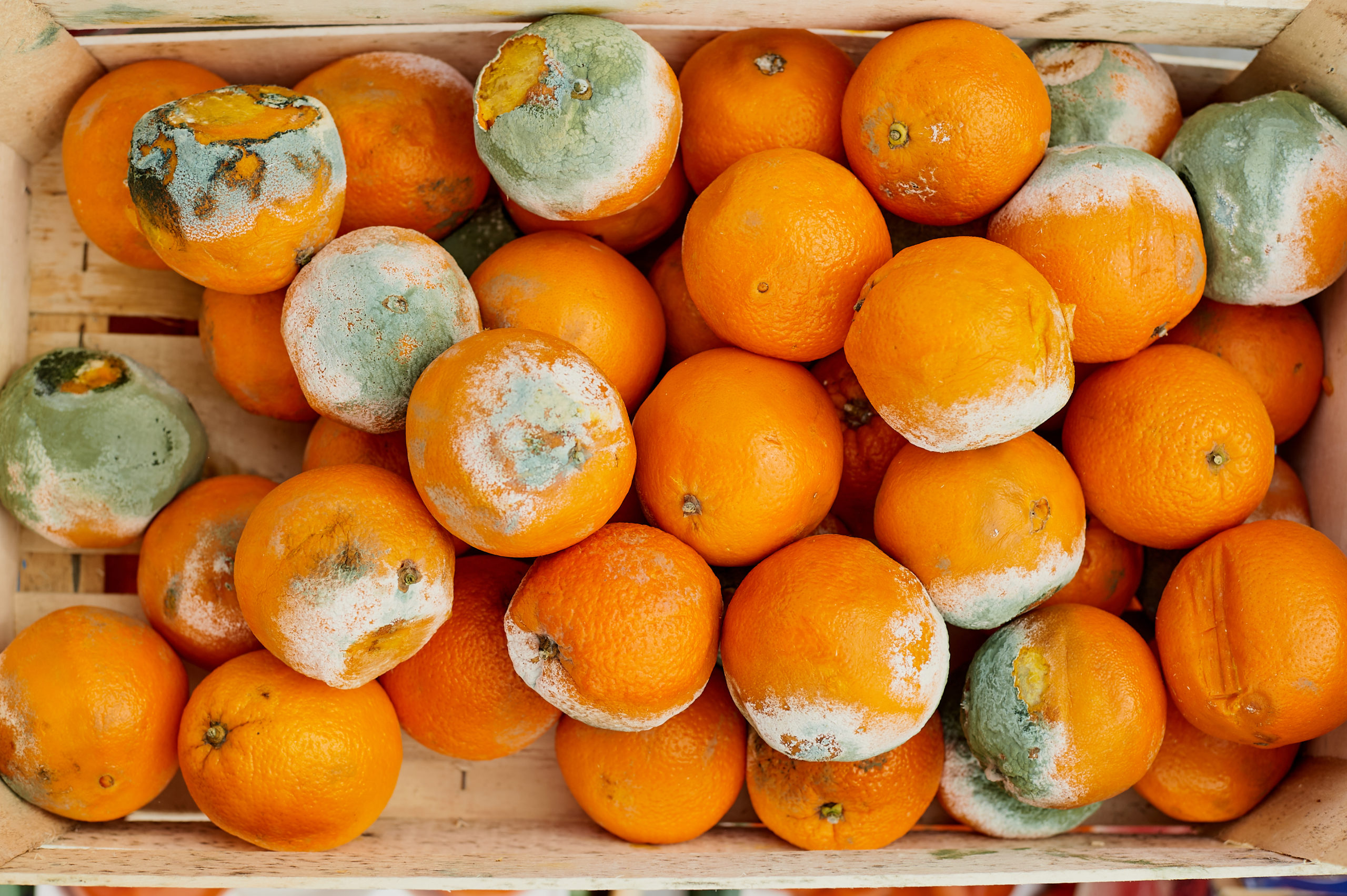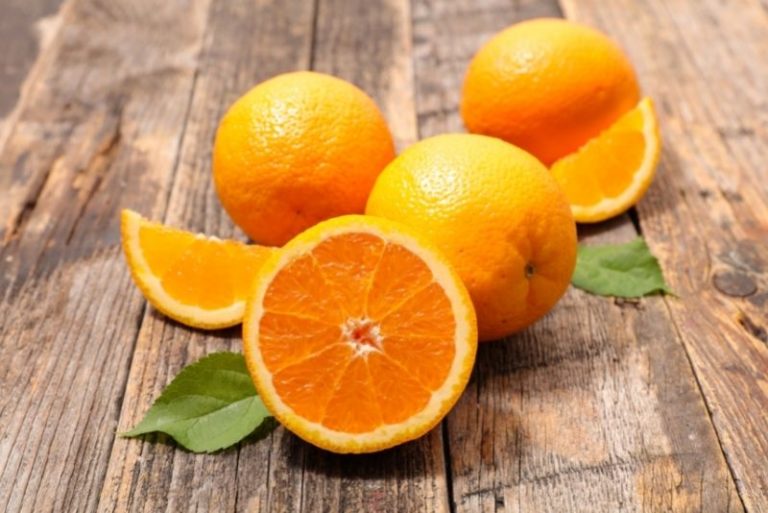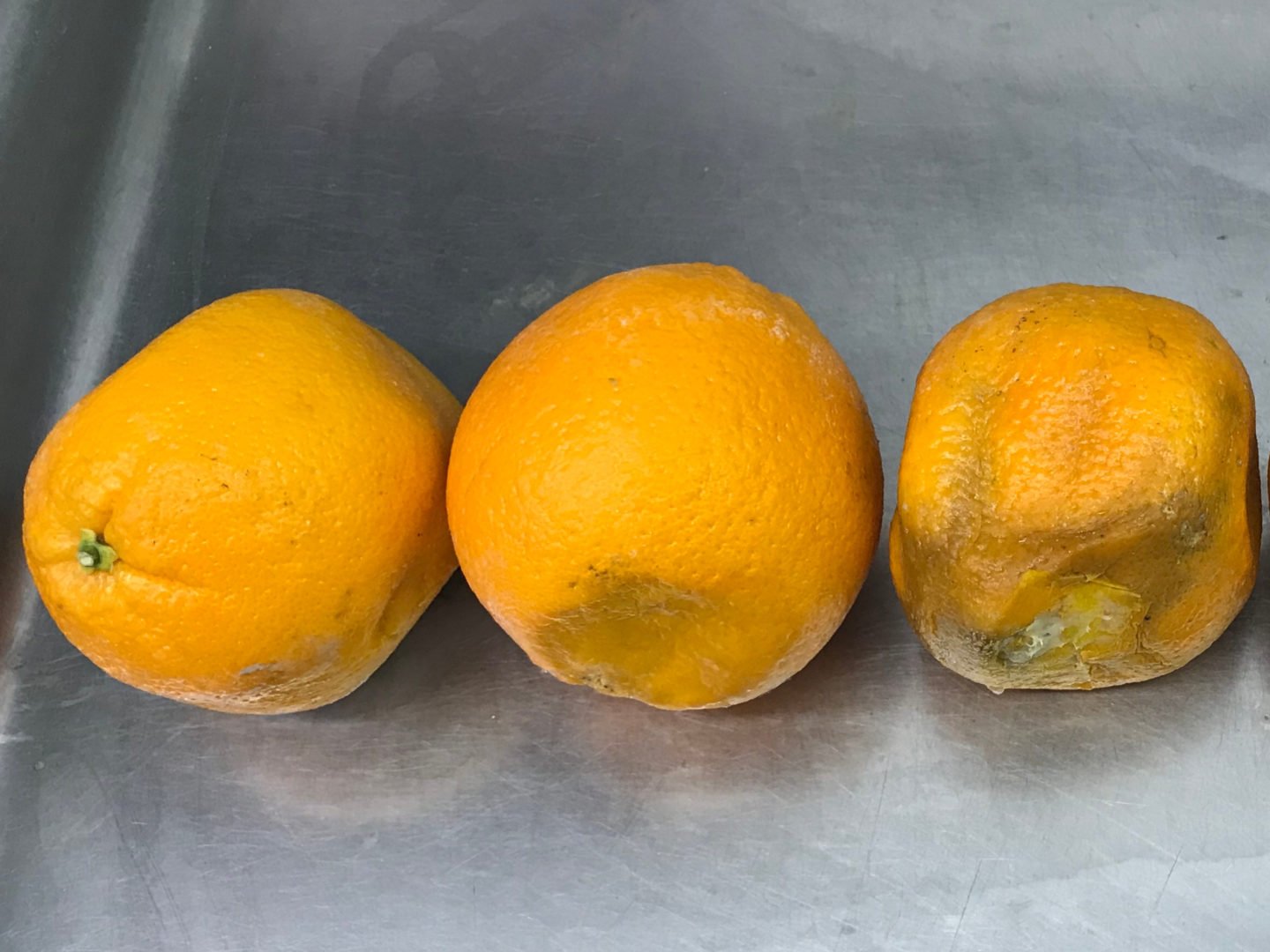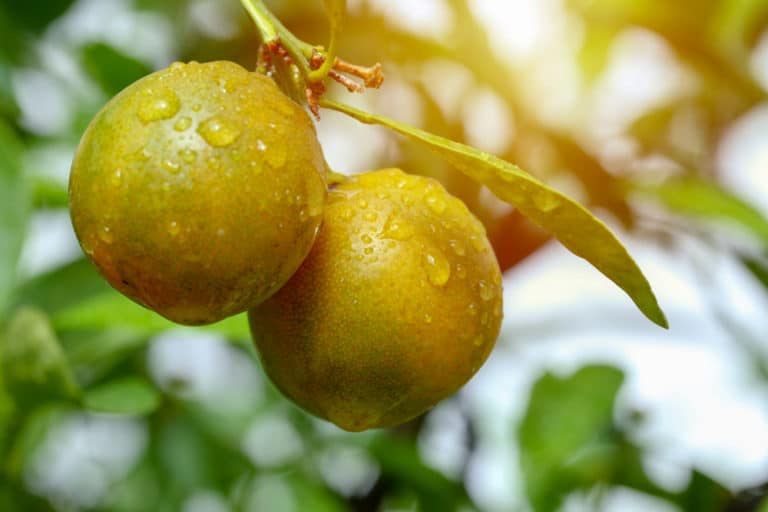How To Tell If An Orange Is Ripe 4 Easy Signs

How to Tell if an Orange Is Bad Farmhouse Guide
Raspberry oranges, also known as blood oranges or red oranges, are a vibrant and flavorful citrus fruit that originated in Sicily, Italy. They are named for their deep red flesh and have a sweet and tangy taste with raspberry-like undertones. Raspberry oranges are packed with essential nutrients, including vitamin C, fiber, and antioxidants.

How To Tell If An Orange Is Bad? Cully's Kitchen
Some oranges, such as satsumas, keep a little green on their peel while still being ripe and juicy. Oranges turn from green to orange due to the change in temperature. The chlorophyll leaves the peel, changing its color from one to the other. This means the fruits can be orange in color while still needing more time to ripen.

Do Orange Trees Have Thorns? » Top Facts
Most citrus fruit will change color from green to orange or yellow. One important exception to the color change is Emerald Green satsuma - the green rind doesn't change to an orange color but the flesh inside is ripe. Wrinkled or loose rinds around citrus, in most instances, indicates the fruit has been left too long on the tree.

How to Tell If an Orange is Ripe? Top Cookery
Sample a fruit or two to judge ripeness, as rind color may vary according to temperature, and try again 1 to 2 weeks later if oranges aren't ripe. Firm oranges may not be fully ripe; most orange varieties soften at least slightly when fully sweet. Valencia orange types may shift back toward a green color after turning orange and before ripening.

How To Tell If An Orange Is Bad (With Pictures!)
As subtropicals, sweet orange trees grow in USDA plant hardiness zones 9 through 11. Cold winters aren't a given, so don't count on your oranges' rinds to tell you when they're ripe. Instead, choose two likely fruits from opposite sides of the tree. They should feel heavy and firm, with the right size for ripe oranges of their variety.

How to Tell if an Orange Is Bad? (Color, Smell, and Taste)
To determine if an orange is bad, examine its texture - if it feels mushy or slimy, it's likely spoiled. Check for brown or white discolorations on the peel, a foul odor, or blue-green coloring, all signs of spoilage. Additionally, a bitter or sour taste or slimy skin indicates it's gone bad. In this informative blog post, we'll delve.

How To Tell If An Orange Is Ripe 4 Easy Signs
If they are already cut slices then you may notice green mold growing when your oranges are bad. 2. Give them a gentle squeeze. Go ahead and pick up each orange and give it a gentle squeeze, you want your orange to be firm. If oranges are bad you will notice that they have soft mushy spots.

How to Tell If an Orange is Bad Tastylicious
In tropical parts of USDA zones 9 through 11, oranges may ripen without ever "degreening." In order to tell ripe green oranges from unripe green ones, you'll need additional clues. Trust the Timing. Different orange varieties are in season at different times of year. The peak seasons for the most widely grown varieties are:

How to Tell If an Orange Is Ripe Enough to Eat Garden.eco
1. Appearance. One of the easiest ways to tell if an orange is bad is to look at its appearance. A bad orange may have wrinkled or shriveled skin, or it may be discolored or have dark spots on it. It may also appear soft or mushy to the touch. 2. Smell. Another way to tell if an orange is bad is to smell it.

How Do You Know If Someone Blocked Your Number?
To ripen oranges using a warm place, follow these steps: Place the oranges in a warm spot in your kitchen, such as on top of the refrigerator or near a sunny window. Leave the oranges in a warm spot for 24-48 hours. Check the oranges periodically to see if they have ripened to your liking. With these simple tricks, you can enjoy ripe, juicy.

How to Tell if an Orange is Bad Carmela POP
Sign #5: The Orange Has Spots Of Mold Growing On it. If your orange still has its orange color, but you spot small green spots on the peel, then it's wise to avoid eating the fruit. Small green and brownish spots on the rind are small areas of mold growth, indicating that your orange is long past its expiry date.
The Health Benefits Of Eating Fresh Oranges
To harvest your oranges, simply grasp the ripe fruit in your hand and gently twist it until the stem detaches from the tree. If the fruit is too high, use a ladder to climb as far up as you can and shake the branches to loosen the fruit. Hopefully, the fruit will fall to the ground like citrus manna from heaven.

How to Tell if an Orange is Bad Carmela POP
Pick oranges with secateurs from a tree by grabbing the orange with one hand on the bottom. Hold the secateurs in the other hand and snip the stem ½ inch above the top of the orange. Leaving a small amount of stem on the orange will help it to last longer. Use sharp secateurs to trim the orange fruit off from the tree by the stem.

How To Tell If An Orange Is Bad (With Pictures!)
Look for a firm, bright-colored skin that's free of blemishes and soft spots. A dull color or wrinkled skin might indicate that the orange is past its prime. Remember to use your sense of touch. A fresh, high-quality orange should feel heavy for its size with a slightly bumpy and thick skin.

Orange ripe cartoon Royalty Free Vector Image VectorStock
Visual changes. Minor discolorations or the rind (dots, etc.) are alright, but if the fruit develops mold, discard it. Texture alterations. If the fruit looks okay, give it a gentle squeeze. Off smell. If the orange has lost its citrusy smell and smells off (or funny), throw it out.

How To Tell If An Orange Is Bad (With Pictures!)
Depending on where an orange is in its life cycle, it can be stored at room temperature on a countertop, in the refrigerator, or even in the freezer. "Oranges can last up to two weeks if stored properly, and often longer depending on where you purchase your oranges," notes Lyon. "If you are able to get locally grown oranges from your farmers.